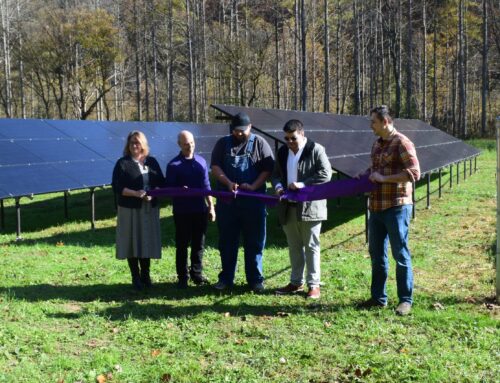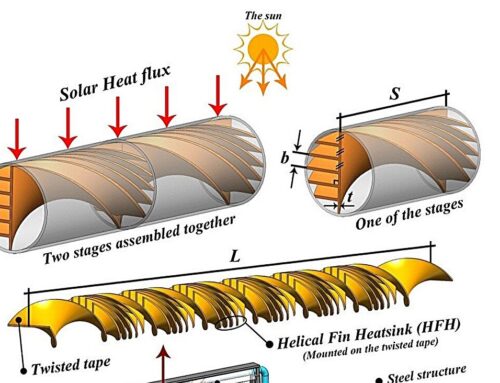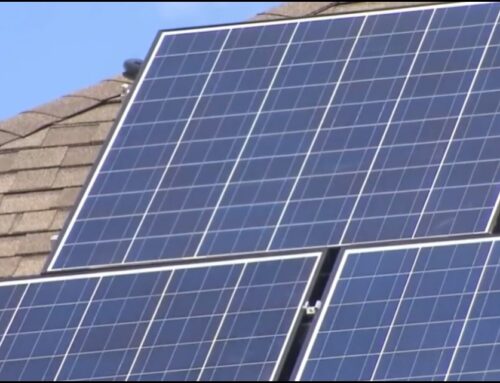Blue Origin test fires New Glenn first stage ahead of inaugural launch
December 28, 2024
SANTA FE, N.M.— Blue Origin says it is ready for the first launch of its New Glenn rocket after completing a static-fire test Dec. 27, hours after receiving a launch license.
The seven BE-4 engines in the first stage of New Glenn ignited shortly before 8 p.m. Eastern at Launch Complex 36 at Cape Canaveral Space Force Station in Florida. The engines fired for 24 seconds, Blue Origin said in a statement, including 13 seconds at 100% thrust.
The static-fire test was the culmination of a test campaign that involved loading propellants into both stages of the launch vehicle and going through practice countdowns. The company appeared to outside observers to be preparing to ignite the engines several times earlier in the day but did not do so. The company did not provide details about the tests while in progress during the day, or during similar tests Dec. 21 that also did not culminate with a static fire.
The company said the test campaign demonstrated “day-of-launch” operations of the rocket and validate vehicle and ground systems before an actual launch attempt. “The campaign met all objectives and marks the final major test prior to launch,” the company stated.
The test came hours after the Federal Aviation Administration granted a launch license to Blue Origin for New Glenn. The license authorizes the company to carry out New Glenn launches from Cape Canaveral, although with few details about specific trajectories or other conditions for such launches.
“By working closely with Blue Origin, the FAA issued this new launch license well in advance of the statutory deadline for the historic maiden flight of New Glenn,” Kelvin Coleman, associate administrator for commercial space transportation at the FAA, said in a Dec. 27 statement.
With the license in hand and the static-fire test complete, Blue Origin appears ready to proceed with the inaugural launch of New Glenn as soon as early January. “Well, all we have left to do is mate our encapsulated payload…and then LAUNCH!” stated Dave Limp, chief executive of Blue Origin, in a social media post.
Jeff Bezos, the founder of Blue Origin, was more succinct: “Next stop launch.”
For the static fire test, Blue Origin said it used “manufacturing test demonstrator fairings” and a payload mass simulator. Those will be replaced with flight hardware versions of the payload fairings and a small payload, the Blue Ring Pathfinder technology demonstrator for the company’s Blue Ring orbital transfer vehicle. That payload will remain attached to the upper stage on the mission.
The company has not disclosed a launch date for the inaugural flight, called NG-1. However, there is one airspace advisory for a New Glenn launch Jan. 6 between 1 a.m. and 4:45 a.m. Eastern, with a backup opportunity at the same time the next day.
Blue Origin had hoped to carry out the first New Glenn launch in 2024, and had stuck to that schedule well into December when disclosing details about the Blue Ring Pathfinder payload. That payload was a replacement for ESCAPADE, a NASA Mars smallsat mission that was due to launch on the first New Glenn but taken off in September when NASA concluded the rocket would not be ready to launch before the mission’s launch window closed in mid-October.
Search
RECENT PRESS RELEASES
Related Post



